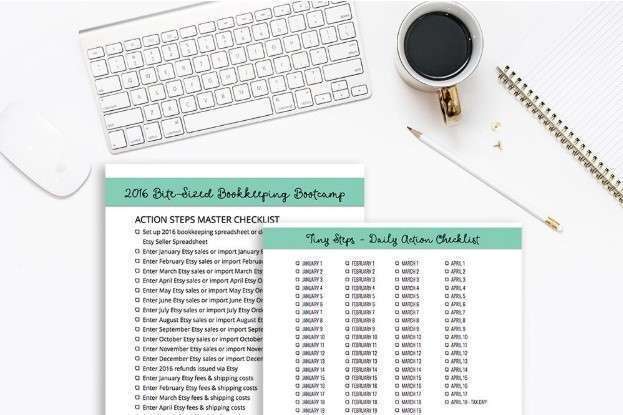
These resources provide clear explanations and examples to help you with your calculations. Jami Gong is a Chartered Professional Account and Financial System Consultant. She holds a Masters Degree in Professional Accounting from the University of New South Wales. Her areas of expertise include accounting system and enterprise resource planning implementations, as well as accounting business process improvement and workflow design.
Step 2: Estimate the Allowance for Doubtful Accounts
Adding to this, costs for advertising and handling the sale amount to $30,000. When recording these costs, meticulous documentation is key for accuracy and for satisfying any audit inquiries. Remember, any oversight or error in calculating these costs can skew the NRV and lead to significant implications for financial reporting and decision-making. Furthermore, including anticipated costs like an allowance for doubtful accounts can adjust the invoice amount to reflect a more accurate value on the financial statements. Sometimes, external valuation services or appraisals might be required, especially when dealing with specialized or infrequently traded assets. Gathering as much information as possible about what similar assets are selling for will be crucial to forming a reliable basis for the expected selling price.
How to Include the Net Realizable Value of Accounts Receivable on the Balance Sheet?
It is the gross amount of AR minus any payment for doubtful accounts. The impact of this transaction is that the profit of X Ltd for the current year comes down by $600, and it does not have to pay tax on that money. Also, the books of accounts present the financial position more accurately.

Examples and Scenarios Demonstrating LCNRV Application
But for calculating the Net Realizable Value, IBM will have to identify the customers who can default on their payments. This amount is entered into accounts as “Provision for Doubtful Debts.” Let’s say this amount is $1 Bn. The net realizable value is an essential measure in inventory accounting under the Generally Accepted Accounting Principles (GAAP) and the International Financing Reporting Standards (IFRS).
The Complete Guide to Vendor Management for Procurement Teams in 2025
As our sales team offers discounts for various reasons, we also calculate the Net Sales for each item. IFRS requires applying the same assumptions and formula for the NRV calculation of similar items, while US GAAP has no such stipulation. Accounting standards (IRFS and US GAAP) require that we apply a conservatism principle when we assess the value of assets and transactions. A large company like normal balance Home Depot that has a consistent mark-up can reasonably estimate ending inventory. Home Depot undoubtedly uses a more sophisticated version of this calculation, but the basic idea would be the same.
Now that we have our available inventory as of year-end, we need to compare its cost to the estimated selling price. As we usually perform such analysis later in the next year, let’s assume we are now at the end of Q1 of 2021. Calculating the NRV for accounts receivable offers a more conservative valuation or lower of cost and net realisable value of these assets, providing insights into their true worth. This calculation subtracts expected costs from expected revenue, ensuring that the financial statements reflect a realistic view of profitability.
With this knowledge, you’ll be able to make better-informed decisions for your business. Since the actual amount recoverable is lower than the total invoices, adjusting records prevents overstated profits. Automating accounts receivable workflows can Debt to Asset Ratio simplify collections and improve cash flow. This adjustment ensures financial statements show a realistic cash inflow expectation.
What are uncollectible accounts & how to account for bad debt
- The term market referred to either replacement cost, net realizable value (commonly called “the ceiling”), or net realizable value (NRV) less an approximately normal profit margin (commonly called “the floor”).
- Cash realizable value is calculated by estimating the amount expected to be collected from accounts receivable.
- The net realizable value is an essential measure in inventory accounting under the Generally Accepted Accounting Principles (GAAP) and the International Financing Reporting Standards (IFRS).
- As an accounting principle, Accounting Conservatism simply states that an accountant of a company should always choose the less favorable outcome.
- Computing for the Net Realizable Value is important for businesses to properly bring the valuation of their inventory and accounts receivable in order as to not overstate their assets.
- Net realizable value is a critical concept in accounting, used to ensure that the value of assets on financial statements is not overstated.
There are several methods for inventory valuation, including First-In, First-Out (FIFO), Last-In, First-Out (LIFO), and Weighted Average Cost. Each method has its own implications for financial reporting and tax purposes, reflecting different assumptions about how to find net realizable value the flow of inventory costs. For instance, FIFO assumes the oldest inventory items are sold first, while LIFO assumes the newest items are sold first. From inventory assessment completion cost, to accounts receivable appraisal, mastering these calculations sharpens your fiscal strategy.

Monthly Financial Reporting Template for CFOs
It involves determining the value of a company’s inventory at the end of an accounting period. Inventory can include raw materials, work-in-progress, and finished goods. Accurate valuation is essential as it directly affects the cost of goods sold (COGS), gross profit, and net income reported on financial statements. Businesses perform regular NRV evaluation to assess whether they need to adjust the value at which they record inventory and accounts receivable. Usually, we perform the analysis once a year to present correct balances in our financial statements. It is also common to combine it with the Slow-moving and Obsolete Inventory analysis.

